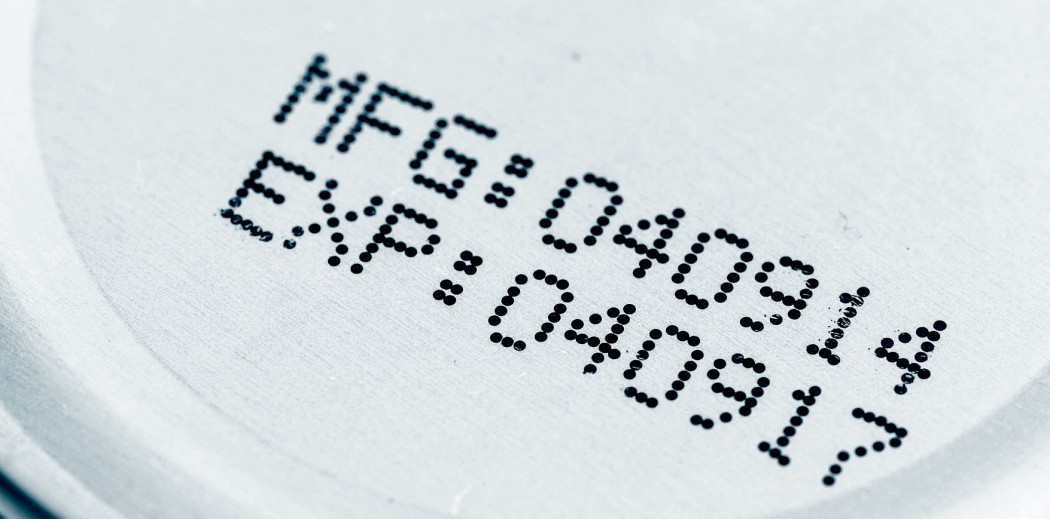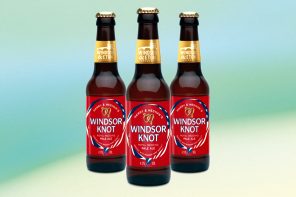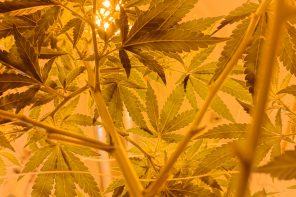Are you leading the examined life of a craft beer lover? Surely you’ve noticed the date stamps on the bottom or side of your latest beer find. As life would have it, you come across a forgotten can buried behind cases of LaCroix in the fridge. The “best by” date has come and gone. What to do? Is it dangerous? Is it like milk, where coming within a few days of it’s date will lead to paralyzing fear and potential indigestion?
The easy answer is: no. If a beer’s printed date has passed by months or even a year plus, it will not harm you. The more complicated answer is: it probably isn’t the same beer that you originally purchased. And that could be bad, but in some cases actually good, or at least intriguing.
The Basics
-When a beer is put into a can or a bottle, it is dated either “best by” or “bottled on.” It’s your job to pay attention to which one it is, drinker!
-For most styles of beer, they are at optimum freshness and flavor within six to nine months of bottling, preferably having been refrigerated. With refrigeration, up to 12 months is average.
-In particular, IPAs are almost always best within three months of bottling.
-Darker beers such as stouts, porters, barley wine or bottle conditioned saisons can develop and integrate once bottled, becoming better and/or more multidimensional. It’s fun to buy these beers and try one every few months to see how they change!
But… why, again?
You can think of “expired” beer as dying a long, slow death rather than a sudden implosion. The protein structure that creates the body of the beer breaks down, flavors fade, carbonation level decreases and it becomes oxidized. It will taste flat or smell “skunky” – which is exactly as it sounds. Skunked beer is a chemical result of excessive exposure to light, and is a decidedly nasty consequence. Canned beer does not allow light in, and so has a bit of an advantage here.
With fading flavors and low carbonation, that delicious aromatic IPA that a brewer labored over until it was just right? It isn’t just right anymore. Even if it doesn’t taste terrible, the profile that he or she wanted is probably gone, and that isn’t cool. Imagine a brewer putting time and energy into something, and when it finally made its way to your mouth, you didn’t love it solely because it was past it’s prime. Maybe you’re none the wiser, but that’s the scenario that would keep a professional up at night.
Fortunately, you can spare them this agonizing fate AND keep yourself drinking well: just pay the tiniest shred of attention to that date stamp.









This argument is very true, many styles like IPAs, lagers, most fruit beers, anything with a typical lighter variety does have a relatively quick shelf life.
However, there are exceptions that I would actually prefer to have aged, these are typically your darker/stronger beers like barleywine, strong ales, old ales, and Belgian ales. I have several that are entering into their double digits in terms of years. They pick up new, unique flavors within the aging process like toffee, caramel, and dark fruits. It is best to keep them in a dark, relatively humid location where they can rest undisturbed with an optimal temperature around 55-65 F.